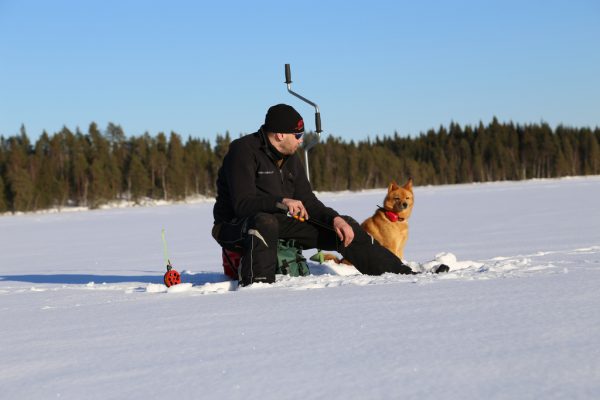Perhaps the most popular target for ice anglers venturing out into the cold is bluegill. These common panfish are relatively easy to catch, put up a nice fight on ice tackle and taste amazing batter-fried in oil.
Finding bluegill isn’t very difficult, but when you’re drilling holes in the ice, it’s helpful to have a plan. Here are four tips to help you get…








